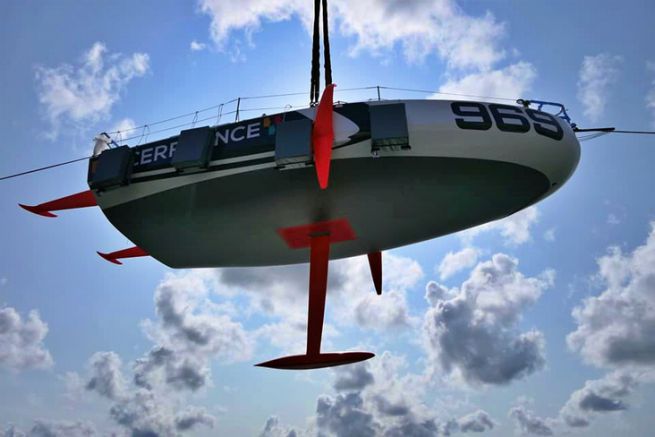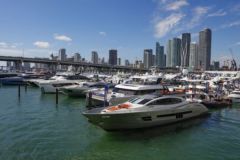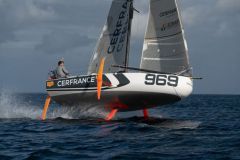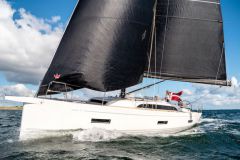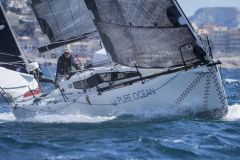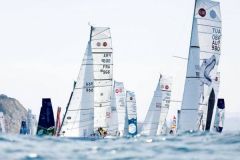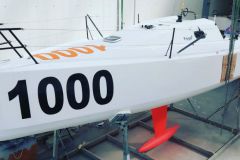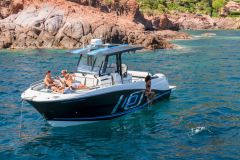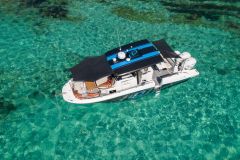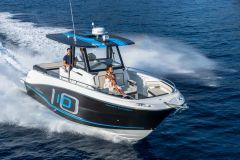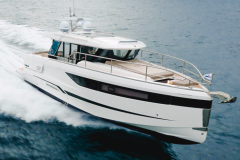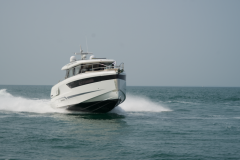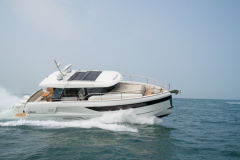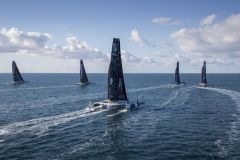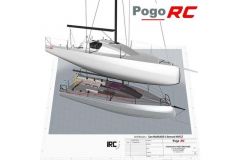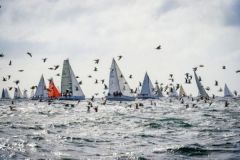Launching a Pogo is always an event. In general, a new Pogo is the announcement of a new generation of boats. The latest addition to the range is the Pogo Foiler, a machine that will make fans of sliding and thrills dream.
An ambitious project
The talented Guillaume Verdier is the architect of this boat, he has been working on this project for more than a year, in parallel with the development of the foilers for the future America's Cup for the Team New Zealand challenge.
At the design office of the Structures site, Erwan Tymen, winner of the mini transatlantic race, is in charge of the project in close collaboration with the architect.
The skipper is none other than the young and talented Tanguy Bouroullec (4th in series at the last Mini-Transat in Pogo3), and for the occasion he participated in the construction of his all-carbon proto.
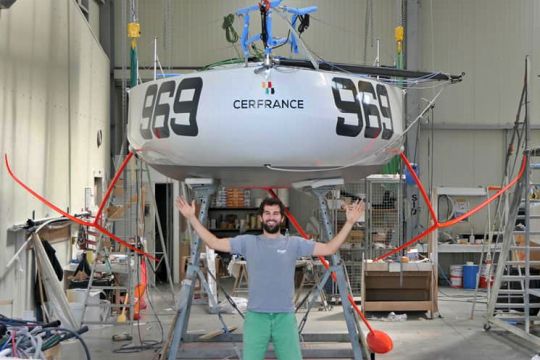
A high-tech and refined proto
This little gem of technology hopes to be the first foiler to perform in the Mini Class.
It is equipped with foils - with very sophisticated kinematics - similar to those developed for America's Cup boats. Unlike the Cup yachts, in Mini, the keel is necessary. Then it is telescopic and will also serve as a supporting plane once it is brought upwind.
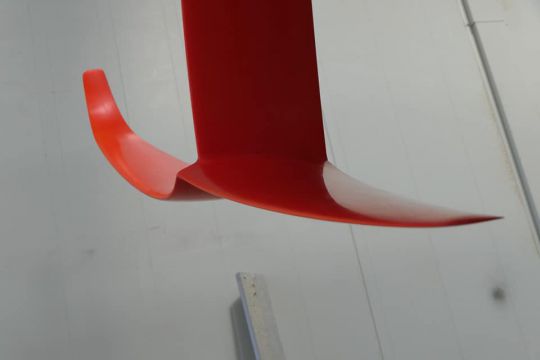
The rudders are also equipped with foils, which clearly shows the desire for a stabilized flight and not only to lighten the sailboat or gain in power.
Finally, the scow hull shape allows for more righting torque when the boat is not yet flying.
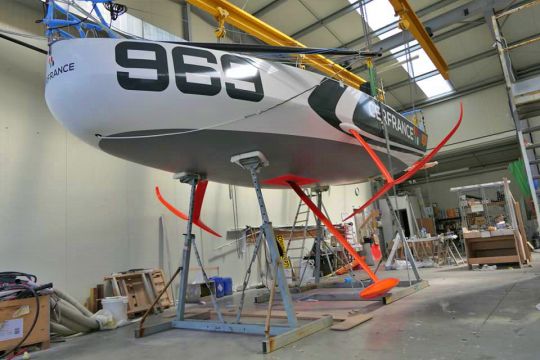
Christian Bouroullec explains: "It is a complete foiler, i. e. the objective is to really take off and control the flight. We really went all out in that direction. We can adjust the flight thanks to the foils that move in all directions. They rotate up and down, sink more or less deeply and even move back and forth. However, we remain cautious, as it remains to be proven that it works."
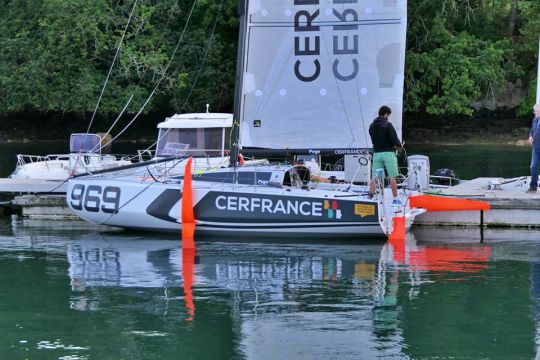
The Pogo3 is currently the reference in mini series and on the other hand the foilers are a micro market, so what motivates Structures to develop such a bateau??
" Such a project creates a very positive internal emulation, there is a strong mobilization of the site around this project. Moreover, working with sophisticated systems and new materials can only be enriching. Finally, developing and building this proto foiler also allows us to consolidate our position in offshore racing and remain at the technological forefront.
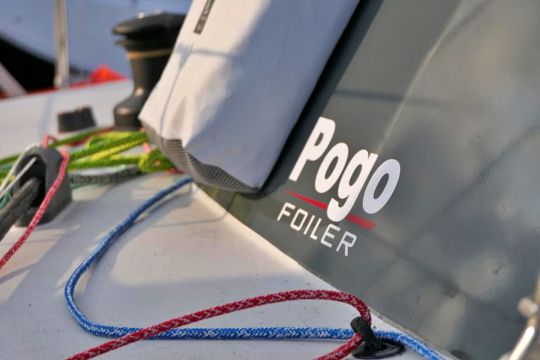
A busy schedule
The boat is as new as ever, so it will be necessary to sail with caution during the development phase. Because the objective is to participate in the Mini-Transat 2019.
To do this, he must pass the gauge test. Thus, the Mini Class Committee will comb the Pogofoiler through the gauge to ensure compliance.
It will then be necessary to qualify the Pogo Foiler in the race. Skipper Tanguy Bouroullec will therefore start the Trophée Map in mid-June 2019. Accompanied by Erwan Tymen, he will then line up at the start of the Mini Fastnet at the end of June. Finally, the Transgascogne will remain in July to hope to qualify the Pogofoiler for the 2019 Mini-Transat.
From a spectator's point of view, let's hope he will be qualified. What if 2019 was year one of the ocean flights for the minis??
